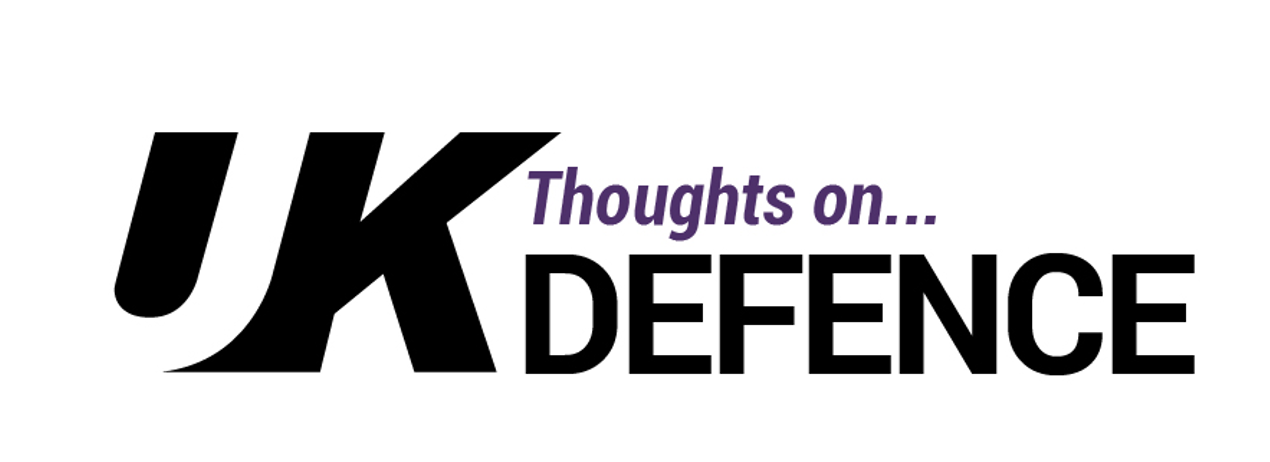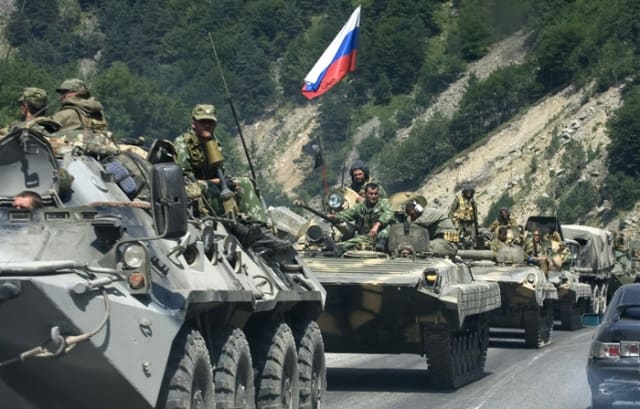In July 2019, the then Secretary of State for Defence, Penny Mordaunt (Conservative MP for Portsmouth North), announced that Joint Forces Command would be renamed as Strategic Command and take responsibility for a range of strategic and defence-wide capabilities. The formal change of title was confirmed on 09 December 2019. Given the remit of the new organisation, it is clear that it must be to the fore in developing the MOD’s contribution to the forthcoming Integrated Security, Defence and Foreign Policy Review that was announced in the Queen’s Speech before Christmas.
Roles and Responsibilities
General Sir Patrick Sanders, Commander Strategic Command took to Twitter recently to explain the three basic roles and responsibilities of his new command. The first is to generate and develop the strategic capabilities that the UK will need to compete, and if necessary, to fight “sub-threshold”, which he listed as space, cyberspace, special operations and information operations. It also includes command of the strategic base (i.e. defence facilities within the UK) and the UK’s global bases, as well as overseeing the capabilities required to deploy and mobilise, for example logistics, support, and medical. Sanders defined this as a “vertical” role, similar to the RN, Army and RAF’s capability management responsibilities in the maritime, land and air environments.
The other two roles he described as “horizontal” roles. The first of these was leading the digital modernisation of defence, which involves generating and developing an integrated force fit for information age warfare. The second concerned integration and here Sanders confirmed that Strategic Command would become defence’s integrating command, responsible for the MOD’s input into cross-government fusion, defence’s multi-domain integration (across the five warfighting domains of maritime, land, air, space, and cyberspace), and integration with allies.
This span of responsibility is both considerable and diverse. To discharge it, Strategic Command includes the Permanent Joint Headquarters and three-star led directorates for Intelligence, Medical Services, Information, Logistics and Support, and Joint Force Development, as well as a number of significant two-star appointments, such as Director Special Forces and Standing Joint Force Commander.
Contribution to the Integrated Review
To that end, when it comes to arguing for resource during the forthcoming review, Commander Strategic Command will have to champion myriad significant but disparate causes, which will require him to make choices as to where he concentrates his own time and personal capital. This will lead to winners and losers within his own organisation. Some parts of Strategic Command will attract many advocates as they are high-profile and it is easy to point to the critical role they play in safeguarding the nation, for example the joint forces cyber group and special forces. Others will be less fortunate. Although also important, there will be few sponsors lining up to argue for investment in logistics infrastructure or upgrading the operating system on the MOD’s classified IT system. As one former two-star from Joint Forces Command observed “No parliamentarian wants to be photographed in front of a server.”
Relationship with the Single Services
Another problem that the new Strategic Command will face is over responsibility boundaries. One of the failings of its predecessor was not being able to impose its authority on the development of those joint elements of the defence enterprise over which it had been given authority. A simple name change has not made this problem go away. As was explained in a recent RUSI Commentary, even though General Sanders has the lead for multi-domain integration, he will find the single service chiefs are unlikely to concede willingly any decision-making authority over their own capability programmes.
This is already becoming obvious in the newest warfighting domain of space, which attracted one of the very few defence-related pledges in the Conservative Party’s manifesto at the last general election (the promise to set up the UK’s first space command). Here the RAF has already applied the “first in, best dressed” military adage, and set about claiming as much of the space ‘space’ that it can. For example, in 2018, the RAF Centre for Air Power Studies became the RAF Centre for Air and Space Power Studies and last summer, the RAF renamed its peer review journal ‘Air and Space Power Review’. This week, it was announced that an RAF two-star was to be appointed the first Director Space in the MOD from February 2020, and the announcement of the Defence Space 2020 Conference on the Gov.uk website had a distinctly light-blue flavour
Conclusion
However the 2020 Integrated Review plays out, it will inevitably include an intra-defence scrap for limited resources. As part of that fight, the single service chiefs have the relatively straightforward task of defending the need for military capability in their warfighting domain; whereas Commander Strategic Command will be pulled in all directions trying to justify capability uplifts across his portfolio. Notwithstanding the importance of joint enablers, it is difficult to see how they will be able to best the single service’s traditional arguments for ships, tanks and fast jets.






